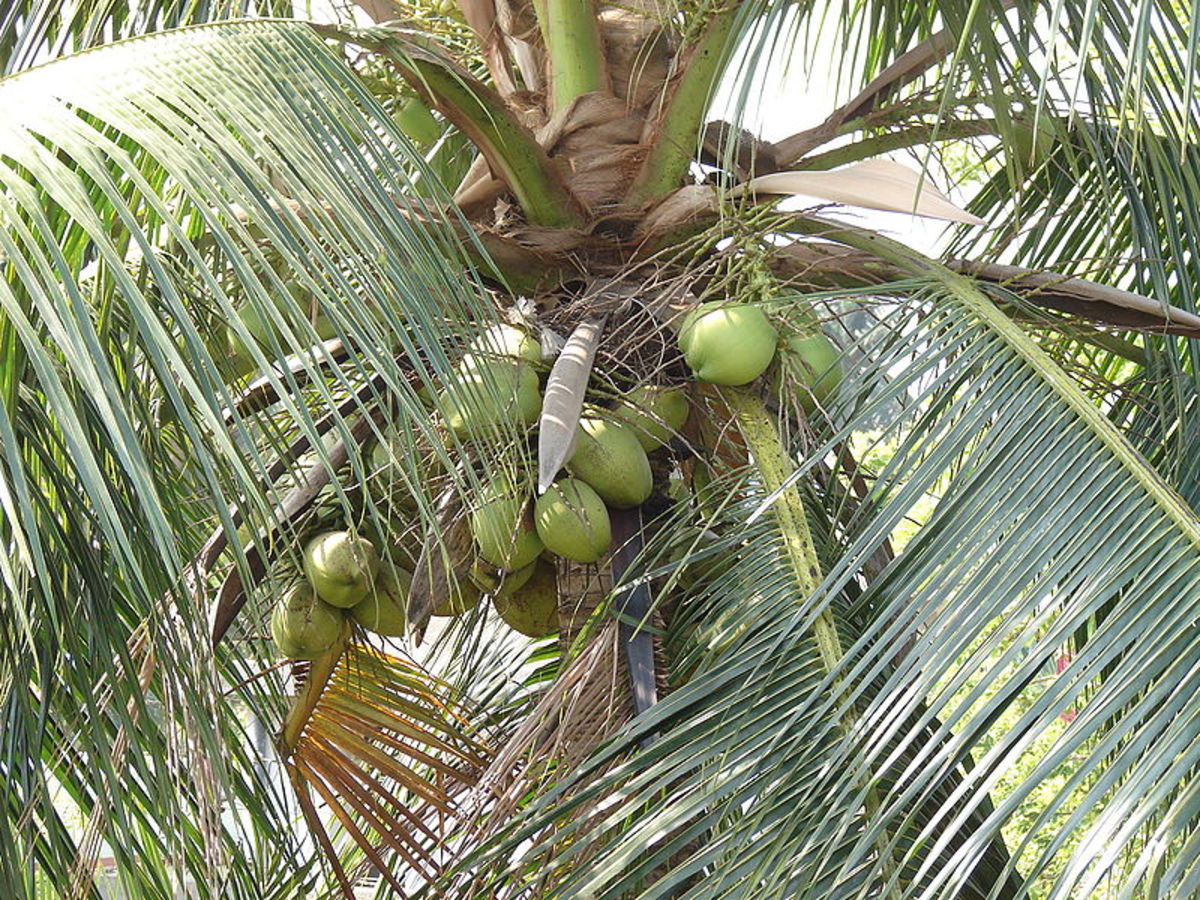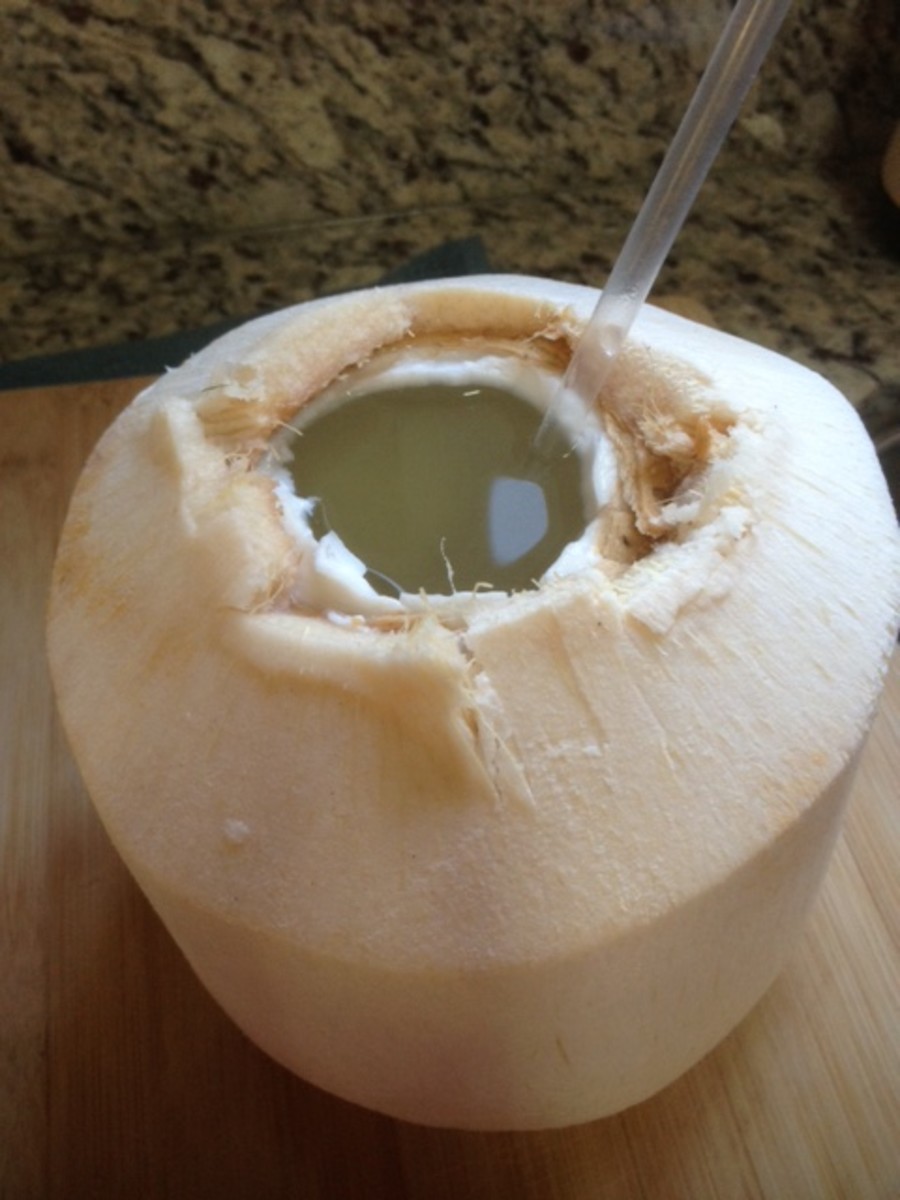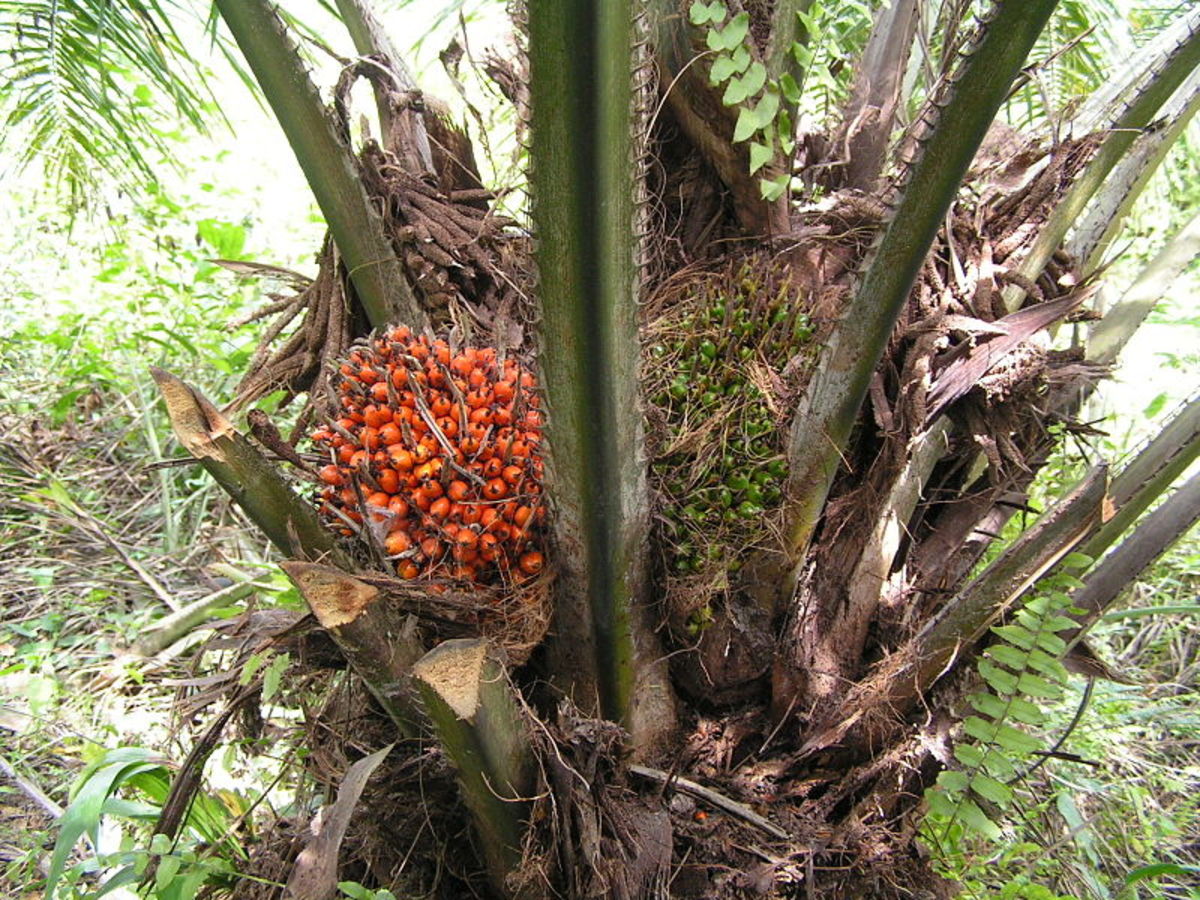- HubPages»
- Food and Cooking»
- Cooking Ingredients»
- Fruit Ingredients
DIY Virgin Coconut Oil: Simple Steps for a Healthier You

Introduction: Virgin Coconut Oil (VCO) has gained immense popularity for its exceptional benefits for the body, both when ingested and applied topically. As the trend toward organic and natural products continues, VCO has become a staple in many households. This article explores a quick and easy method to make Virgin Coconut Oil at home, emphasizing the heat process for its simplicity and efficiency.

Materials Needed:
- Brown or mature coconuts
- Freshly pressed coconut milk
- Plastic container or jar
- Sieve, cheesecloth, or cotton
- Funnel
- Clean bottle or container for the final product
Steps for Making Virgin Coconut Oil Using the Heat Process:
-
Acquire Brown or Mature Coconuts: Purchase at least two brown or mature coconuts. The quantity of coconuts directly influences the oil yield.
-
Extract Coconut Milk: Extract coconut milk by adding distilled or hot water to express the milk. Use only the necessary amount of water, avoiding excess. Alternatively, pre-purchased coconut milk in plastic containers can be used to save time.
-
Cook the Coconut Milk: Place the coconut milk in a pan and cook it over low heat, stirring constantly until the curd turns brown. This heat process is chosen for its speed and simplicity, and it serves the dual purpose of extracting the oil and eliminating microbes present in the VCO.
-
Obtain Crystal Clear Virgin Coconut Oil: The end result of this process should be crystal clear virgin coconut oil, reflecting its purity and quality.
-
Strain the Oil: Strain the oil using cheesecloth or cotton. Cotton, with its small micron size, is effective for filtering the oil and ensuring a clean final product.

Conclusion:
Making Virgin Coconut Oil at home using the heat process is a straightforward and efficient method to enjoy the numerous benefits of this organic wonder. By following these simple steps, you can produce high-quality VCO that can be used both for consumption and as a natural skincare remedy. Embrace the simplicity of this DIY approach and take a step toward a healthier lifestyle with your homemade Virgin Coconut Oil.
This content is accurate and true to the best of the author’s knowledge and is not meant to substitute for formal and individualized advice from a qualified professional.
© 2014 tullypap








